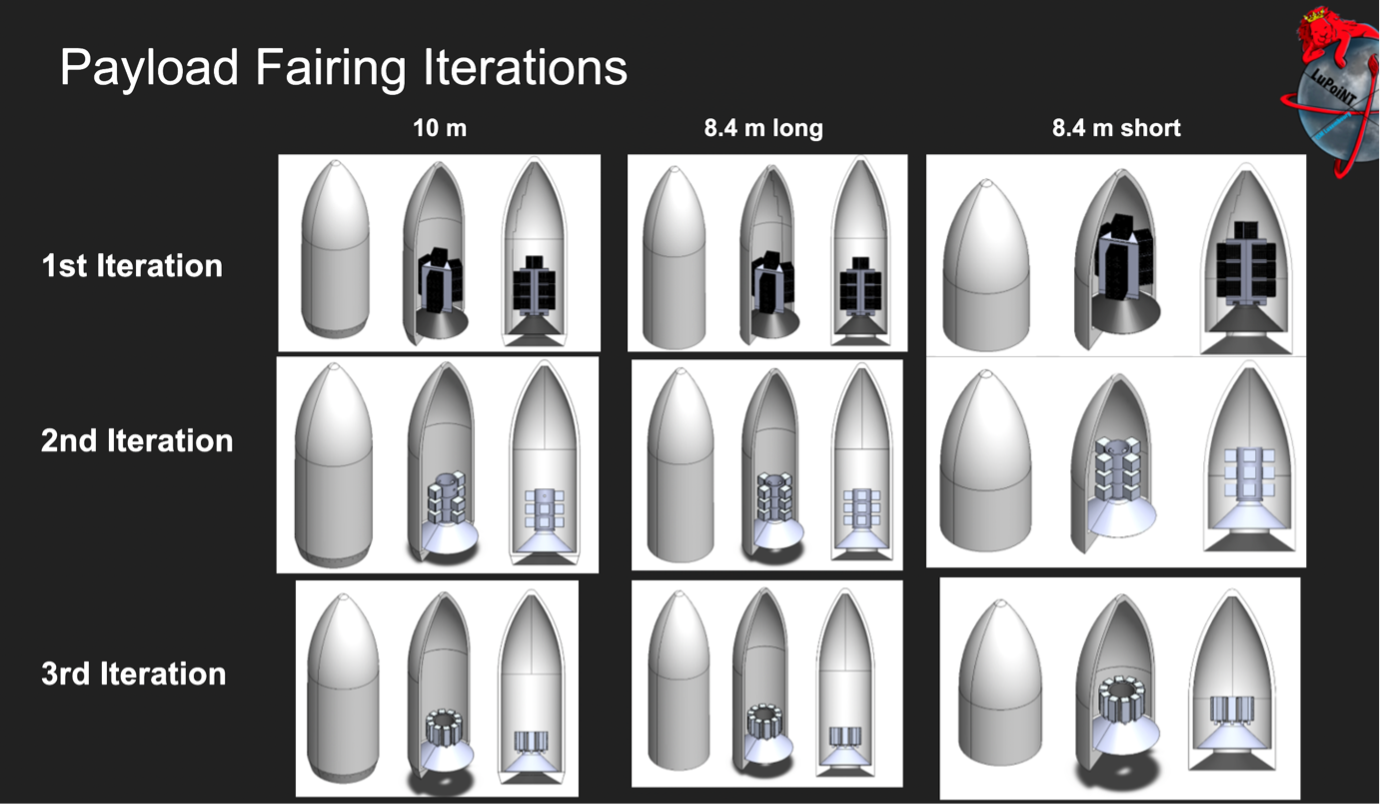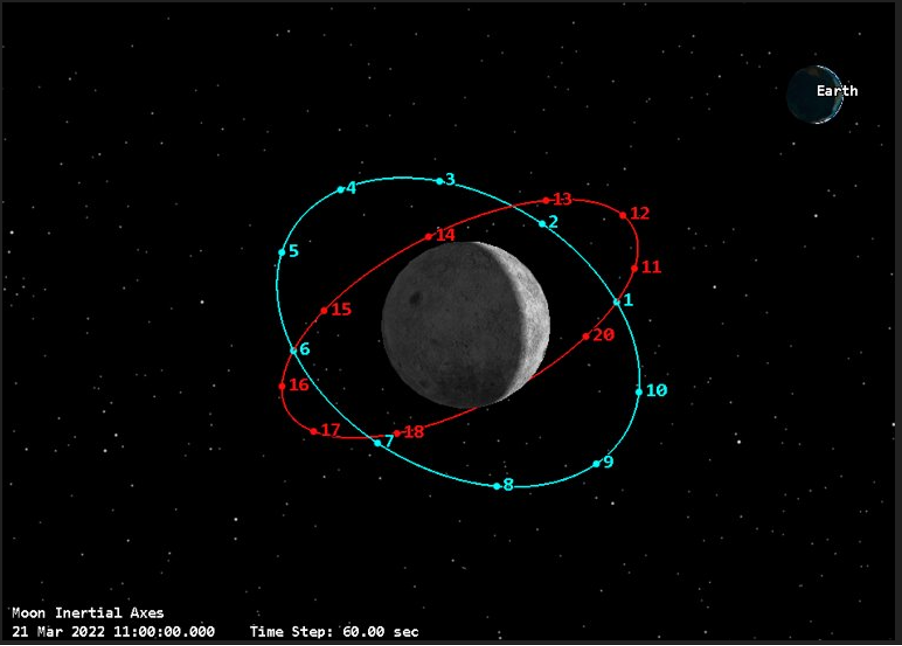The goal was to design a spacecraft on their own. In one semester of teamwork, eleven students in the University of Luxembourg’s Interdisciplinary Space Master (ISM) completed their mission to design a satellite system for navigation services on the Moon. The project, called LuPoiNT (Lunar Positioning, Navigation and Timing), created a system similar to GPS services on Earth, to enable rovers to navigate the Moon.
The launch of such positioning, navigation, and timing services (PNTs) on the Moon is a future objective for many in the space industry. In this course the students tackled the problem within a tight timeline using industry standard techniques, giving them a real-life experience of how space missions are designed by the professionals.
The students’ aim was to conceptually design respective satellites from the ground up using the concurrent engineering approach. “I was always keen to understand how a mission is designed, so this project seemed like a must-do thing to me,” said Sumit Goski, an ISM student who participated in the LuPoiNT project.
Concurrent engineering is a method of designing a spacecraft in which all components are developed simultaneously, and each engineer collaborates in a joint session. In the end, engineers merge all components into one model and improve it together. The European Space Agency (ESA) has been practicing this approach for 20 years and for over 200 missions. In the LuPoiNT project, students worked in teams, and each was responsible for one subsystem of the spacecraft (such as its structure, power, or communication).
In the ISM’s spacecraft design course, students first learned how to design a space mission using this technique and what subsystems (components) form a spacecraft. That created the foundation they needed to launch the LuPoiNT project, during which they learned to apply this knowledge to a specific mission.
The University of Luxembourg’s Interdisciplinary Centre for Security, Reliability and Trust (SnT) built the Concurrent Design Facility Laboratory (CDF-LU) to use for just such mission design experiences. It is a unique facility that only exists in a handful of Universities in Europe. Using the concurrent engineering approach in this facility, the students went through an iterative process to find the right design for their PNT satellite system.
In the end, their design consisted of twenty satellites. Similar to the navigation system on Earth, determining the exact location of a lunar rover would require signals from three of those satellites.
“It was great how the students worked together as a team. My role was more like that of a conductor of an orchestra that guided students who applied the concurrent engineering approach. It was a great learning experience for the students to design the entire mission and spacecraft by themselves. The students took responsibility, collaborated in every stage of the process, and developed a feasible design. This design result is the first step towards further development of the mission,” said Dr. Loveneesh Rana, head of the Concurrent Design Facility.

Students designed the components (subsystems) of the spacecraft with three iterations.
“I learned a lot about communicating and cooperating simultaneously with other students and how to find a solution together. CDF-LU is equipped with state-of-the-art technology to apply concurrent engineering. This method allows data exchange and saves time, which will be essential in the future. This is because in the future a spacecraft will need to be developed very quickly, in two to four years,” shared Goski.

A satellite system for PNT services will be important for navigating the Moon.
PNT services on the Moon will play an important role in the future, because both humans and space rovers will need these services to navigate the surface of the Moon. As the activity on the moon increases swarms of rovers will take on as many human tasks as possible. For example, they will transport equipment autonomously from storage depots to spacecrafts or mining stations. In such a scenario, which would be based on Internet of Things (IoT) technology, navigation through PNT services will be crucial. “Bringing PNT services to the Moon is of great interest for the space community right now. Project Moonlight from ESA is a major initiative in this direction. The ESTEC-CDF also conducted a similar study on Lunar Communication and Navigation Systems (LCNS) in 2020. Our LuPoiNT study is another step in this direction.,” continued Dr. Rana.
“It was exciting to work on the same task that is being addressed by multiple players in the space community right now. There are also some Luxembourgish companies who are working on such a mission. As I want to work on real missions in the future, this project has motivated me to keep on working towards it. I was surprised at what we could achieve together. It was fun to design a spacecraft ourselves for the first time,” said Goski, ISM student.
Are you interested in joining the next cohort of ISM students? Registration for the 2023 September semester opens on 1 February, find out more here.
